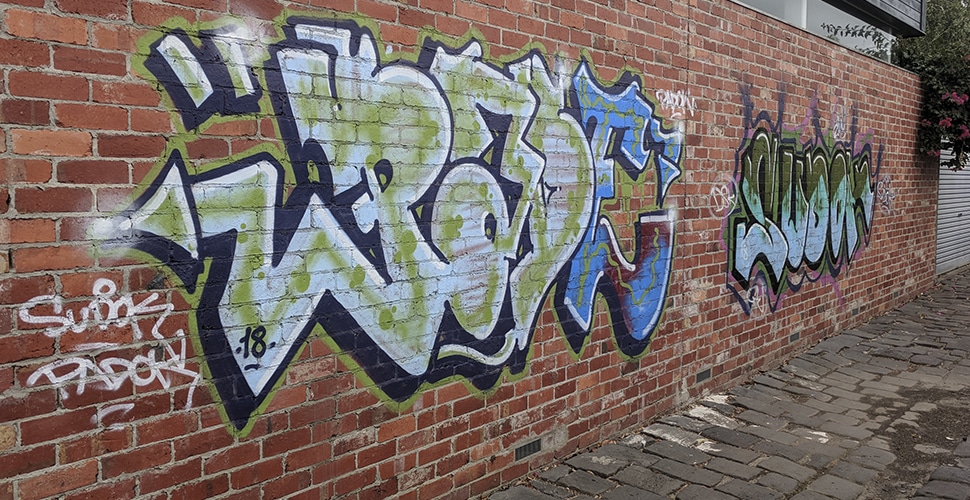
The reasons for graffiti
by Yair Frid, onUncategorized , September 15, 2013

by Yair Frid, onUncategorized , September 15, 2013
There is the notion that vandalism and graffiti are behaviours with no sense or reason, however these behaviours can be motivated by:
– Anger
– Revenge
– Boredom
– Existential exploration
– Experience
– Improve the aesthetics
The act of vandalism, in which some types of graffiti is included, is the result of several motivations.
For some people, graffiti is the result of the urgency of someone to say something, comment, entertain, inform, persuade, offend, or simply confirm their own existence in this world.
Based on our experience in Melbourne, the type of graffiti that we remove everyday is not political, nor beautiful nor do they arouse admiration of any kind. They are only smears in the form of letters.
The polarisation in the debate about graffitist seen as dangerous criminals Vs people with high motivation and love for public art may be contributing to the fact that graffiti is not being identified by young people as something hostile to the society.
Young people tend to stick together against the adult world, but most of them grow and take part in the adult society. Children who hang out with graffiti gangs and are absorbed into the sub-culture of graffiti tend to remain outside society. As a result, they lose the benefits of participating in their community; in the worst-case scenario, they can keep committing crimes all of their lives.
The authorities in Australia fear that graffiti locals have copied symbols, trends and styles from other gangs from New York or Los Angeles, which are also involved in drug trafficking and violence.